Amazon cloud knocked offline by lightning
Elastic Compute Cloud (EC2) affected by adverse weather in Ireland.


Amazon is experiencing connectivity issues after some of its cloud-powering servers were knocked offline after being hit by lightning at the weekend.
While the company is actively working on a resolution, some may have to wait up to two days until the Elastic Compute Cloud (EC2) service is back to normal.
Due to the scale of the power disruption, a large number of Elastic Block Storage (EBS) servers lost power and require manual operations before volumes can be restored.
Many customers are annoyed that the restoration process seems to be taking so long, but Amazon has sought to explain via its service update pages. The sheer volume of data, coupled with power loss, means manual intervention is required, according to the tech giant.
"We know many of you are anxiously waiting for your instances and volumes to become available and we want to give you more detail on why the recovery of the remaining instances and volumes is taking so long," Amazon said.
"Due to the scale of the power disruption, a large number of EBS servers lost power and require manual operations before volumes can be restored. Restoring these volumes requires that we make an extra copy of all data, which has consumed most spare capacity and slowed our recovery process. We've been able to restore EC2 instances without attached EBS volumes, as well as some EC2 instances with attached EBS volumes. We are in the process of installing additional capacity in order to support this process both by adding available capacity currently onsite and by moving capacity from other availability zones to the affected zone."
Amazon also took to its status update tool to reassure worried cloud users that this issue was nothing more than a freak accident.
Sign up today and you will receive a free copy of our Future Focus 2025 report - the leading guidance on AI, cybersecurity and other IT challenges as per 700+ senior executives
"Normally, upon dropping the utility power provided by the transformer, electrical load would be seamlessly picked up by backup generators... The transient electric deviation caused by the explosion was large enough that it propagated to a portion of the phase control system that synchronises the backup generator plant, disabling some of them," it stated.
Just last week, Amazon extolled the virtues of this technology model by extending the availability of its new virtual private cloud.
In the same announcement, the company also unveiled a way of allowing businesses to bypass the web and connect directly to the cloud via a private network connection and Amazon Web Services.
"As enterprises make the move to the cloud, many have leveraged Amazon VPC for workloads that they've wanted to manage using their existing management and security policies. With today's launch of Amazon VPC worldwide, AWS Direct Connect and the new IAM federated identity capabilities, enterprises have even more flexibility and control over deploying their workloads to the cloud," said Adam Selipsky, vice president, Amazon Web Services.
"These capabilities provide even more privacy, and along with AWS's existing cloud services allow enterprises to choose the environment that is best suited to each of their workloads."
Maggie has been a journalist since 1999, starting her career as an editorial assistant on then-weekly magazine Computing, before working her way up to senior reporter level. In 2006, just weeks before ITPro was launched, Maggie joined Dennis Publishing as a reporter. Having worked her way up to editor of ITPro, she was appointed group editor of CloudPro and ITPro in April 2012. She became the editorial director and took responsibility for ChannelPro, in 2016.
Her areas of particular interest, aside from cloud, include management and C-level issues, the business value of technology, green and environmental issues and careers to name but a few.
-
 Trump's AI executive order could leave US in a 'regulatory vacuum'
Trump's AI executive order could leave US in a 'regulatory vacuum'News Citing a "patchwork of 50 different regulatory regimes" and "ideological bias", President Trump wants rules to be set at a federal level
-
 TPUs: Google's home advantage
TPUs: Google's home advantageITPro Podcast How does TPU v7 stack up against Nvidia's latest chips – and can Google scale AI using only its own supply?
-
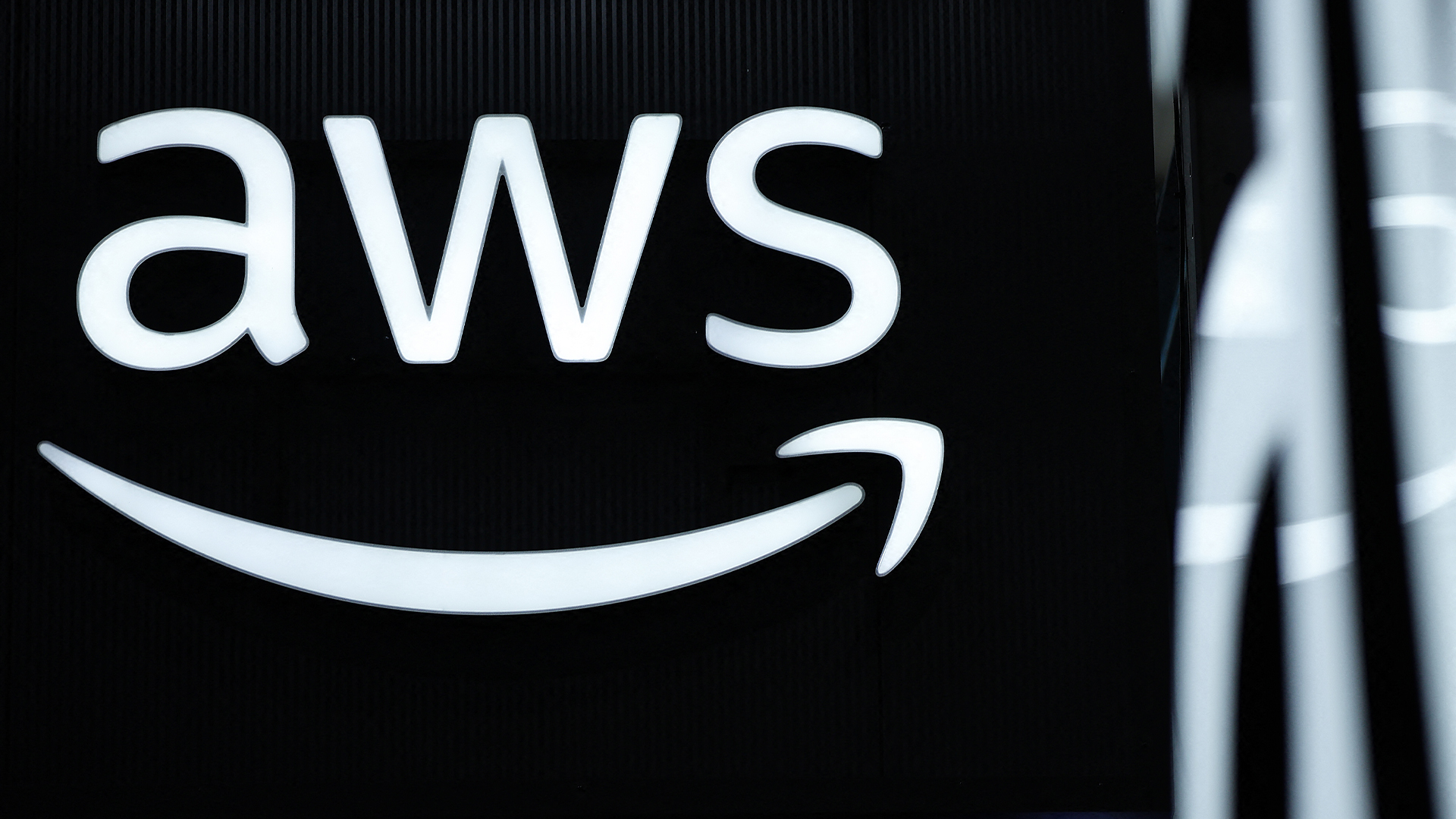 AWS targets cloud resilience and AI networking gains with new 'Fastnet' subsea cable
AWS targets cloud resilience and AI networking gains with new 'Fastnet' subsea cableNews Fastnet is set for deployment in 2028 and will link Maryland and County Cork with a line offering more than 320 terabits per second
-
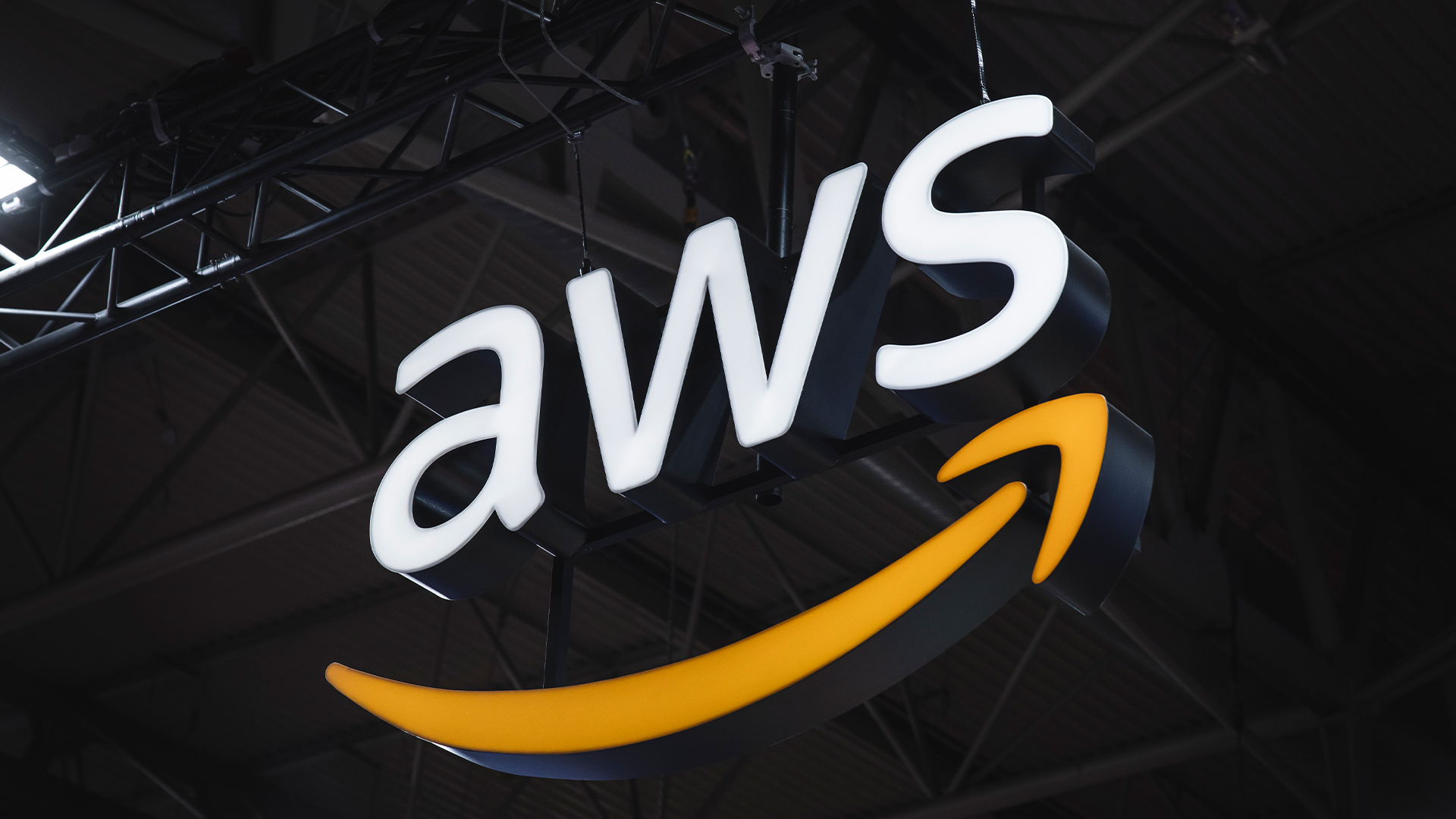 AWS eyes ‘flexible’ data center expansion with $11bn Georgia investment
AWS eyes ‘flexible’ data center expansion with $11bn Georgia investmentNews The hyperscaler says the infrastructure will power cloud computing and AI growth
-
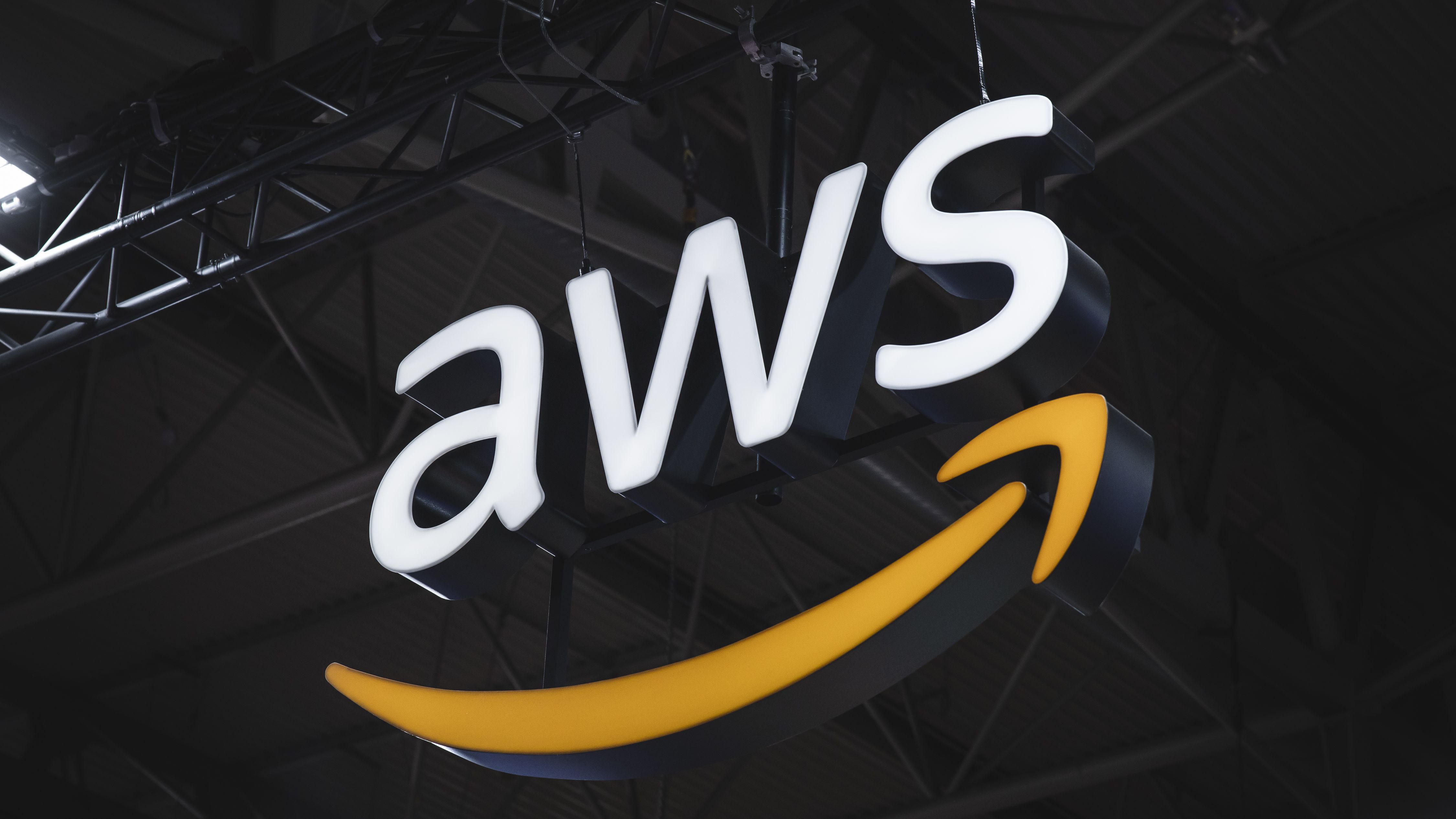 AWS layoffs: Why Amazon is cutting staff from its most profitable division
AWS layoffs: Why Amazon is cutting staff from its most profitable divisionNews AWS layoffs follow a period of slowing growth and decreasing market share for the cloud division
-
 AWS invests $6 billion in Malaysia cloud expansion as SEA competition heats up
AWS invests $6 billion in Malaysia cloud expansion as SEA competition heats upNews While AWS continues expanding its footprint in Southeast Asia, Chinese competitors are edging into this expanding market
-
 Hyperscaler earnings 'highlight new era of maturity' in global cloud market
Hyperscaler earnings 'highlight new era of maturity' in global cloud marketNews Sluggish earnings for Azure, Google Cloud, and AWS could point to a more moderate cloud market in the year ahead
-
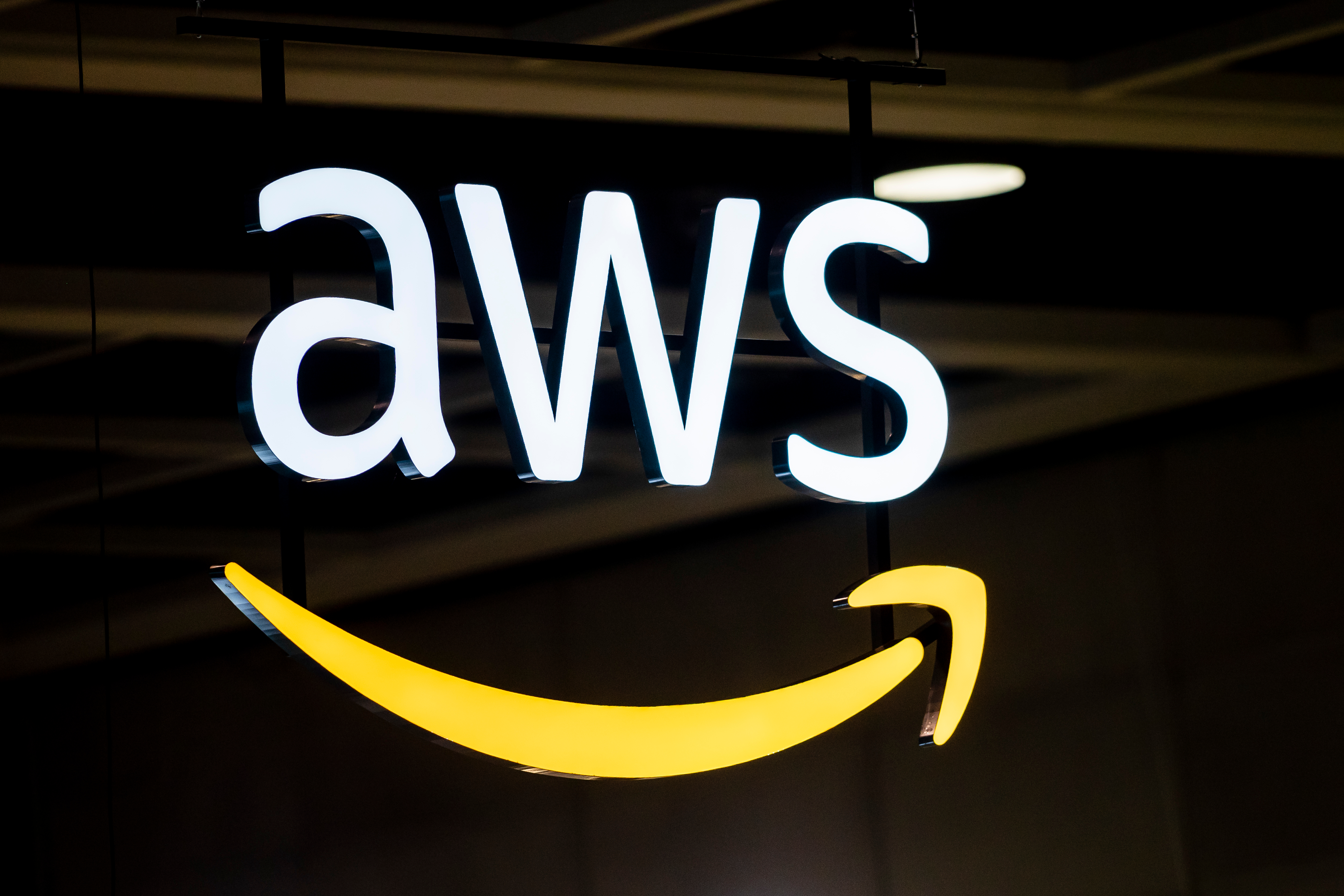 AWS splashes $35 billion to expand data centres in Virginia
AWS splashes $35 billion to expand data centres in VirginiaNews The massive figure is close to the total sum AWS has previously invested in the state since 2006
-
 AWS launches Australia's first local zone for low-latency workloads and data residency
AWS launches Australia's first local zone for low-latency workloads and data residencyNews The company is aiming to help customers who need infrastructure closer to their data sources or end-users
-
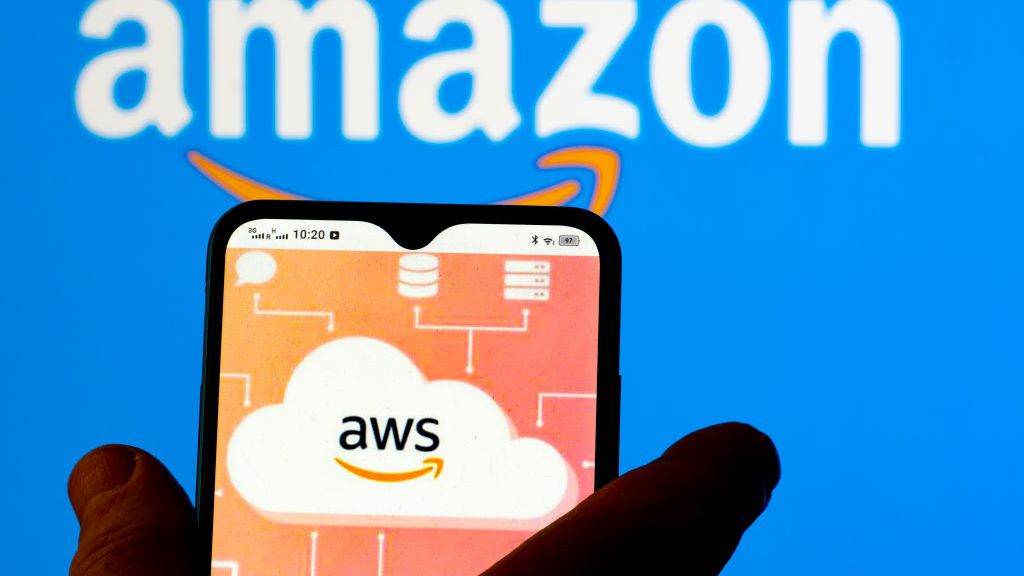 AWS plans to be 'water positive' by 2030
AWS plans to be 'water positive' by 2030News A number of projects will seek to improve groundwater replenishment, efficiency, and overall sustainability
